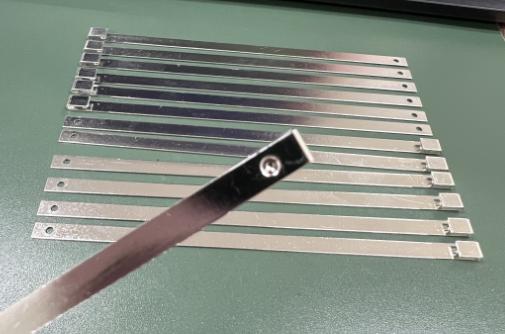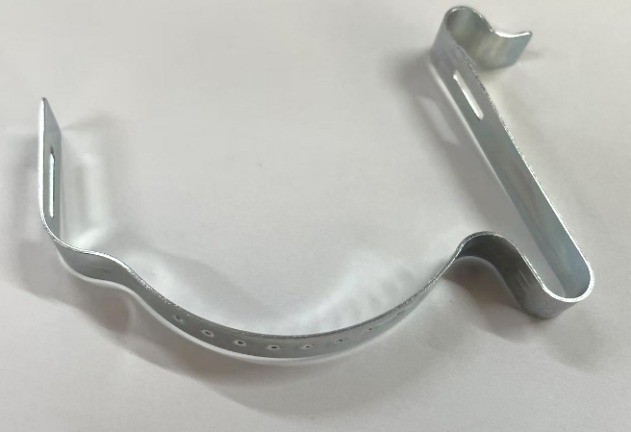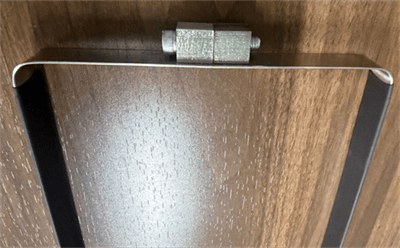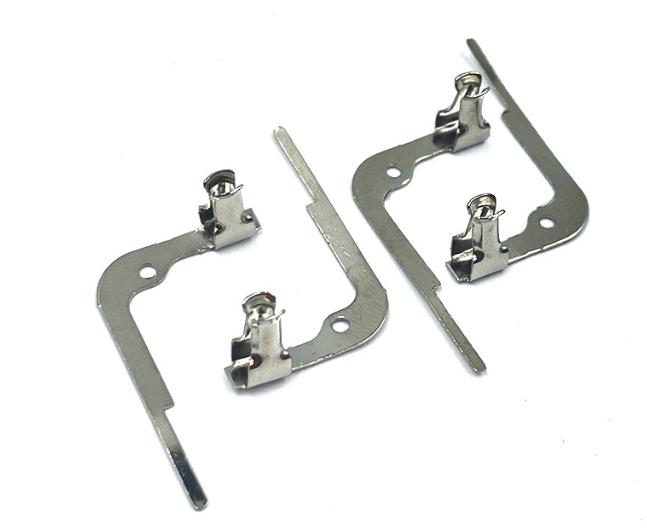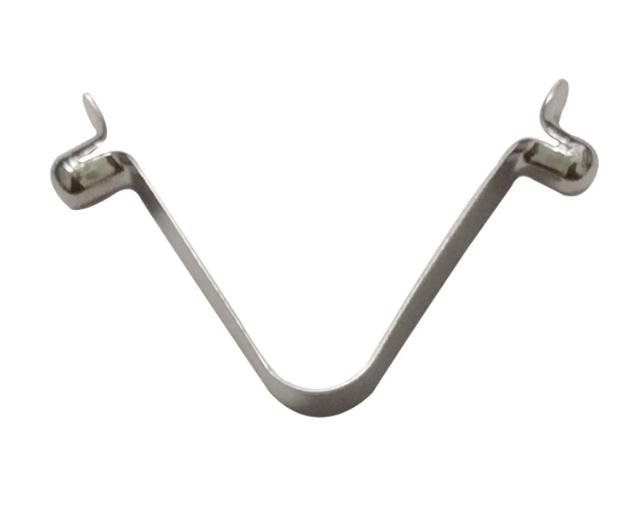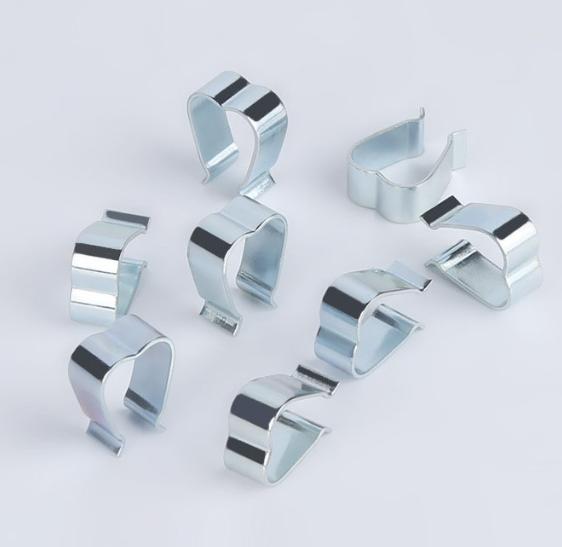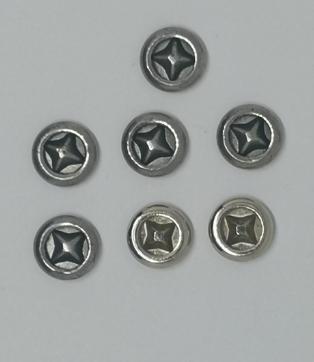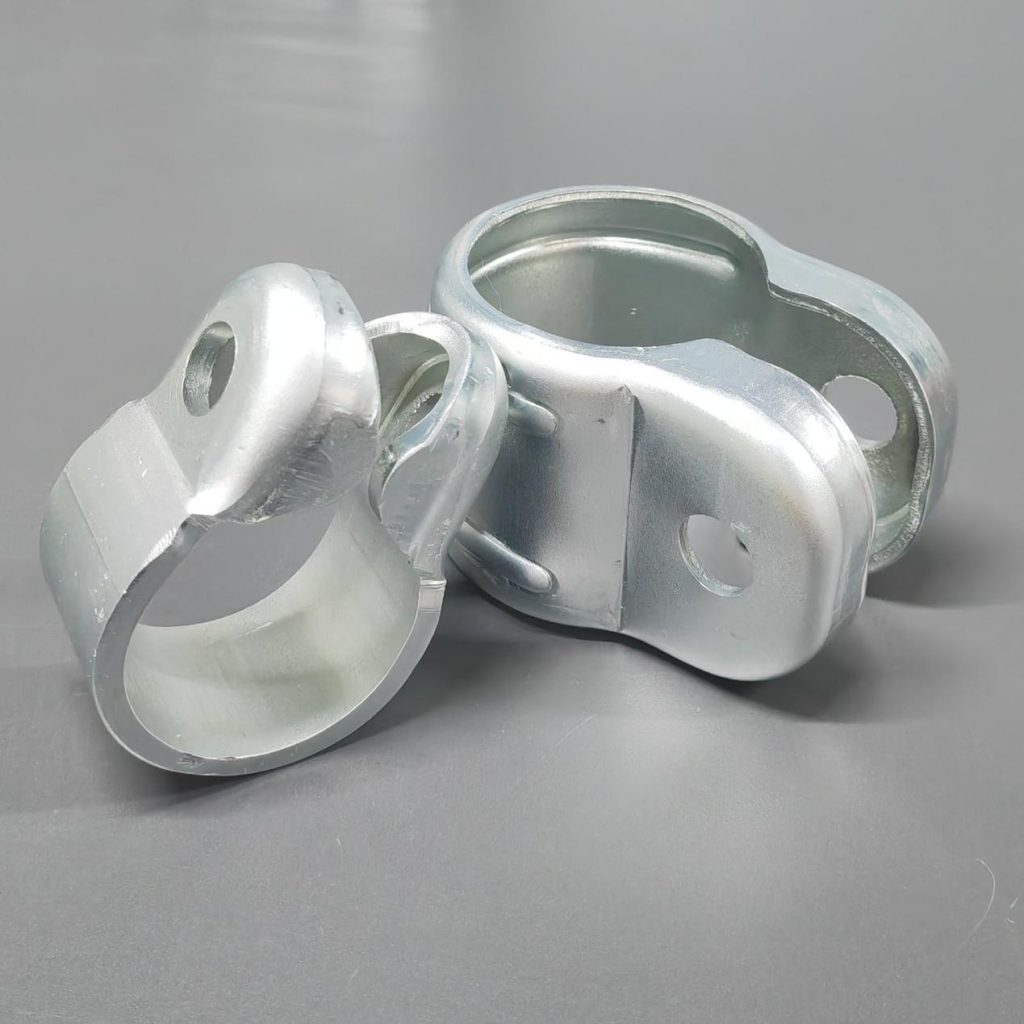Stamped Metal Brackets: How to Manufacture and What Are the Applications
Stamped metal brackets are manufactured using a process called metal stamping. Metal stamping is a high-volume manufacturing process that uses a stamping press to shape sheet metal into desired forms. The stamping press uses a die, which is a tool with the desired part shape, to apply pressure to the sheet metal, forcing it to conform to the shape of the die.
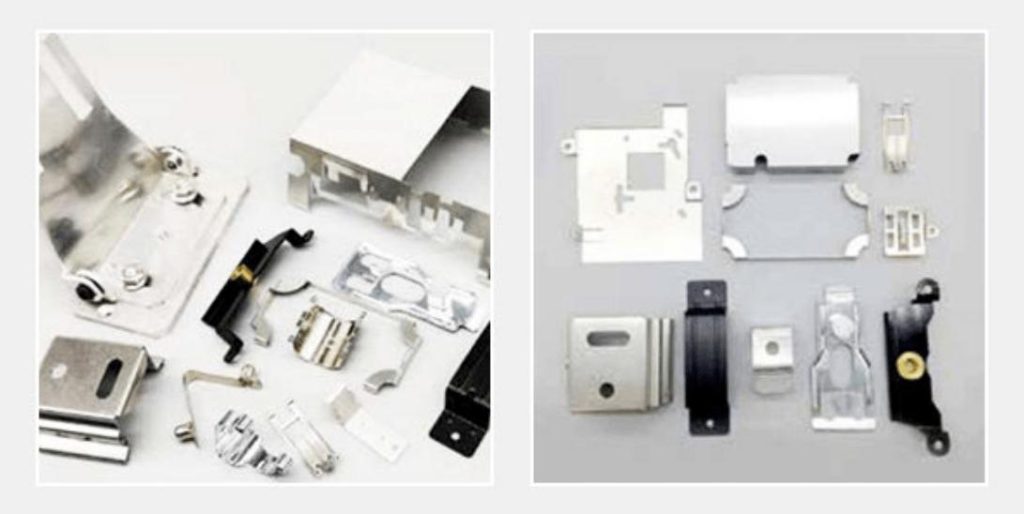
What is the Manufacturing Process of Stamped Metal Brackets?
The manufacturing process for stamped metal brackets involves the following steps:
- Material preparation: The sheet metal is cut to the desired size and thickness. This can be done using a variety of methods, such as shearing, blanking, or laser cutting. The type of metal used to manufacture the bracket will depend on the specific application. For example, steel is commonly used for brackets that require high strength, while aluminum is commonly used for brackets that require light weight.
- Die design and manufacturing: A die is a tool that is used to shape the metal bracket. The die is designed to match the desired shape of the bracket, and it is typically made from hardened steel. The design of the die is critical to the quality of the finished bracket. The die must be designed to produce a bracket that meets the desired specifications for dimensions, tolerances, and surface finish.
- Stamping: The sheet metal is placed in the die and then subjected to high pressure. This causes the metal to conform to the shape of the die. The type of stamping press used to manufacture the bracket will depend on the size and complexity of the bracket. For example, a small, simple bracket may be manufactured using a single-station press, while a large, complex bracket may require a multi-station press.
- Secondary operations: After stamping, the bracket may undergo additional operations, such as bending, punching, or threading. These operations are used to create additional features in the bracket or to modify the shape of the bracket.
- Finishing: The finished bracket may be coated with a finish, such as paint or zinc plating. This is done to protect the bracket from corrosion and to improve its appearance.
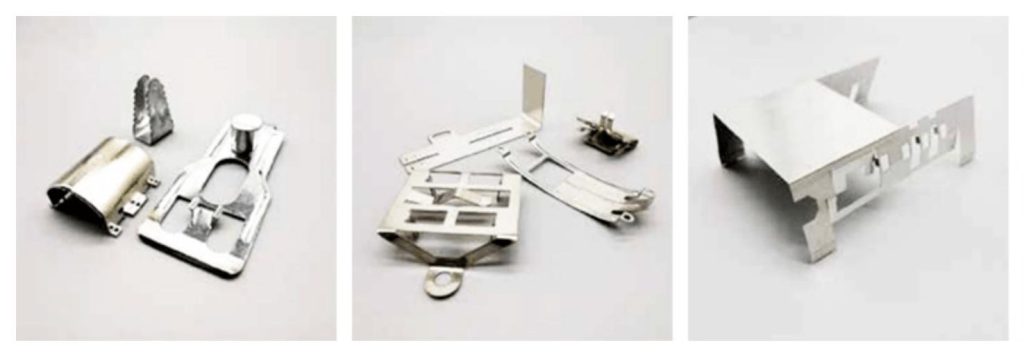
Finishing Options for Stamped Metal Brackets
Finishing options for stamped metal brackets can be divided into two categories: functional and decorative. Functional finishes improve the performance of the bracket, while decorative finishes improve its appearance.
Functional finishes
- Deburring: This process removes the sharp edges and burrs that are created during the stamping process. Deburring is essential for both safety and performance, as it prevents the bracket from cutting users or damaging other components.
- Heat treating: This process changes the microstructure of the metal to improve its strength, hardness, and ductility. Heat treating is often used for brackets that will be subjected to high loads or harsh environments.
- Cleaning: This process removes dirt, oil, and other contaminants from the surface of the bracket. Cleaning is important for both performance and appearance, as it ensures that the finish will adhere properly and that the bracket will look its best.
Decorative finishes
- Powder coating: This process applies a dry powder to the surface of the bracket. The powder is then melted and cured to form a durable, protective coating. Powder coating is available in a wide range of colors and finishes, making it a popular choice for decorative brackets.
- E-coating: This process applies a liquid coating to the surface of the bracket. The coating is then cured in an oven to form a durable, protective finish. E-coating is often used for brackets that will be exposed to corrosive environments.
- Plating: This process applies a thin layer of metal to the surface of the bracket. Plating can be used to improve the appearance of the bracket, to protect it from corrosion, or to give it special properties, such as electrical conductivity.
- Electropolishing: This process uses electricity to dissolve the surface of the metal, leaving a smooth, shiny finish. Electropolishing is often used for brackets that require a high degree of precision or that will be in contact with food or medical products.
The best finishing option for a stamped metal bracket will depend on its intended use and the desired appearance. If the bracket is to be used in a harsh environment or will be subjected to high loads, then a functional finish such as heat treating or plating may be necessary. If the bracket is primarily for decorative purposes, then a powder coating or electropolishing finish may be a better choice.
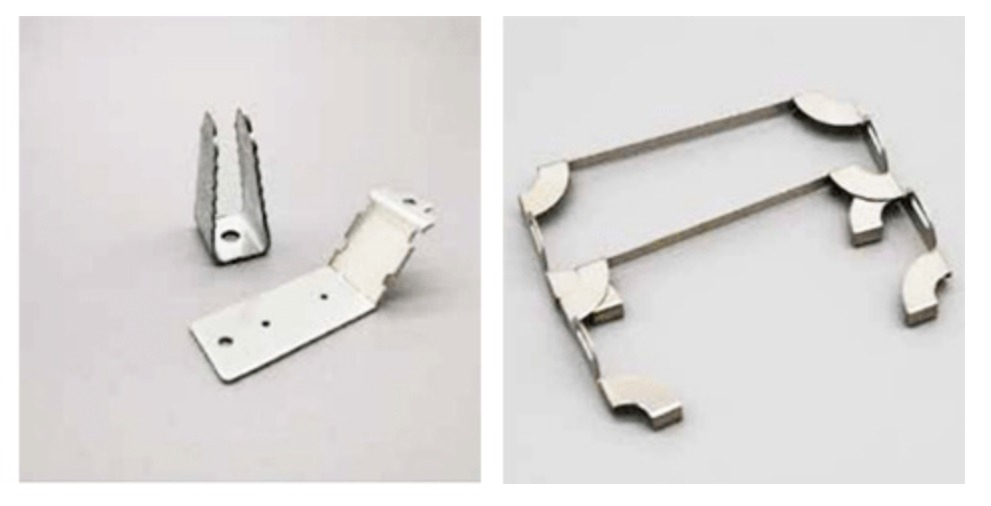
Common Applications for Stamped Metal Brackets
Stamped metal brackets are used in a wide variety of applications, including:
- Automotive: Stamped metal brackets are used to mount a variety of automotive components, such as engines, transmissions, and suspension systems.
- Electronics: Stamped metal brackets are used to mount electronic components, such as circuit boards, batteries, and displays.
- Aerospace: Stamped metal brackets are used to mount aircraft and spacecraft components, such as engines, wings, and landing gear.
- Medical device: Stamped metal brackets are used to mount medical devices, such as pacemakers, defibrillators, and prosthetics.
- Construction: Stamped metal brackets are used to attach structural members in buildings and other structures.
- Consumer products: Stamped metal brackets are used to mount a variety of consumer products, such as appliances, furniture, and electronics.
Conclusion
Stamped metal brackets are a versatile and cost-effective manufacturing process for producing high-strength and durable brackets. Stamped metal brackets are used in a wide variety of industries, including automotive, electronics, aerospace, medical device, construction, and consumer products.
By carefully considering the specific aspects of manufacturing, such as material selection, die design, stamping press selection, and process control, manufacturers can produce high-quality stamped metal brackets that meet the demands of a variety of applications.

